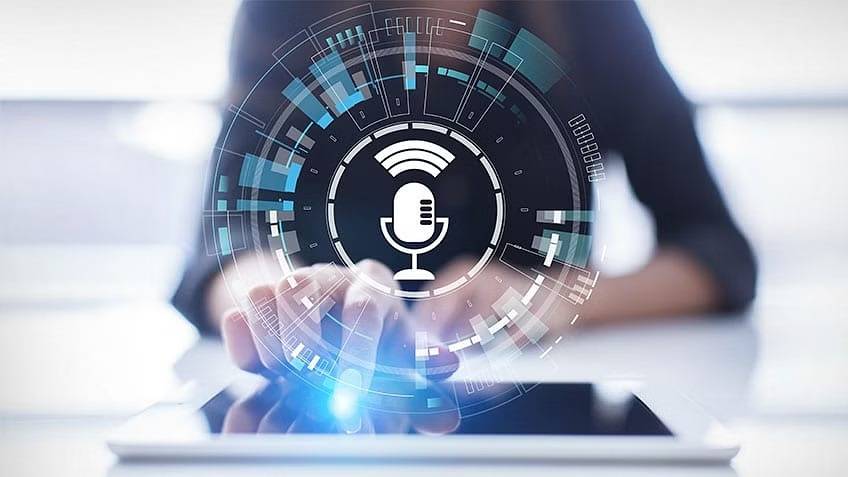An Essential Guide to Automated Speech Recognition

Automated Speech Recognition (ASR) is a fascinating field of artificial intelligence that focuses on teaching machines to understand and process human speech. This technology has revolutionized the way we interact with devices, making it possible to communicate using our most natural form of communication: speech.
How ASR Works
ASR systems convert spoken words into text, using complex algorithms and models. The process begins with the ASR system capturing sound waves through a microphone, which are then digitized and processed. The core of ASR technology lies in its ability to recognize patterns in the audio signals and match them to known language models. This involves several steps:
- Acoustic Modeling: This involves recognizing the basic sounds of speech, known as phonemes.
- Language Modeling: This step interprets the sequence of phonemes within the context of a specific language’s grammar and vocabulary.
- Decoding: The ASR system uses both acoustic and language models to generate hypotheses about what is being spoken and selects the most probable one.
Advancements in ASR
Recent advancements in ASR are largely attributed to the development of deep learning and neural networks. These techniques have drastically improved the accuracy and speed of speech recognition.
- Deep Learning: By using large datasets and complex neural networks, ASR systems can better understand the nuances of human speech, including accents and dialects.
- End-to-End Learning: Modern ASR systems often use end-to-end learning where the system learns to map audio directly to transcripts with little to no intermediate representation.
Applications of ASR
ASR is used in a variety of applications, from voice-controlled virtual assistants like Siri and Alexa to real-time transcription services. It’s also critical in fields such as:
- Accessibility: ASR technology helps individuals with disabilities to interact with technology and communicate with others.
- Automotive: In-vehicle assistance systems use ASR to enable drivers to control features hands-free.
- Healthcare: Physicians use ASR to transcribe notes and manage records, streamlining administrative tasks.
The Integration of ASR in Education
Another realm where ASR is making strides is in the education sector. ASR can play a pivotal role in language learning, providing students with instant feedback on their pronunciation and fluency. It can also assist in creating interactive learning environments for students with learning disabilities by enabling them to engage with educational content through voice commands.
Furthermore, ASR is paving the way for new forms of assessment, where oral examinations can be transcribed and analyzed more efficiently, providing educators with deeper insights into students’ understanding and capabilities.
Enhancing User Experience with ASR
The potential of ASR to enhance user experience is vast. In the realm of entertainment, for instance, ASR allows for more immersive gaming and virtual reality experiences by enabling voice commands and natural dialogue with in-game characters.
In customer service, ASR can improve the efficiency of call centers by transcribing calls in real-time, allowing for quicker problem-solving and analysis of customer sentiment. As ASR technologies continue to mature, they will become increasingly embedded in our daily routines, offering more personalized and frictionless interactions with our technology-driven world.
What Is a Chatbot and ASR’s Role in It
A chatbot is a software application used to conduct an online chat conversation via text or text-to-speech, instead of providing direct contact with a live human agent. ASR technology enables chatbots to understand and process human speech, allowing for voice-based interaction. This integration marks a significant leap in making chatbots more interactive and accessible.
Challenges in ASR
Despite the progress, ASR systems face several challenges:
- Accents and Dialects: Variations in speech can significantly affect the accuracy of ASR.
- Background Noise: ASR systems must be able to filter out noise and focus on the intended speech.
- Homophones and Context: Words that sound the same but have different meanings can confuse ASR systems without proper context.
Ethical Considerations in ASR Development
The advancement of ASR technology brings with it a set of ethical considerations that must be addressed. Privacy concerns are paramount, as ASR systems often process sensitive information. Ensuring that this data is securely stored and handled is critical to maintaining user trust.
Additionally, there’s the issue of consent; users should be made aware of when their speech is being recorded and for what purposes. The potential for bias in ASR systems also poses ethical questions. Developers need to train these systems on diverse datasets to prevent discrimination against certain accents, dialects, or speech patterns.
The Future of ASR
Looking ahead, the future of ASR holds immense potential. Innovations are geared towards creating more adaptable and intuitive systems that can handle complex conversations and diverse linguistic patterns. The goal is to achieve a level of understanding that closely mirrors human capabilities.
- Personalized ASR: Future systems may adapt to individual users’ speech patterns and preferences, improving accuracy.
- Multilingual Support: As the global community grows closer, ASR systems that can handle multiple languages seamlessly will be in high demand.
- Cross-Disciplinary Integration: ASR will likely become more integrated with other AI fields, such as natural language processing and machine learning, to enhance understanding and responsiveness.
Automated Speech Recognition is a dynamic and evolving field that stands at the forefront of human-machine interaction. As ASR technology becomes more sophisticated, we can expect it to become an even more integral part of our daily lives, transforming the way we engage with technology and each other.
The intersection of ASR and chatbots is just one example of how this technology is being integrated into various aspects of our digital experience, making interactions more natural and intuitive. As we look to the future, the possibilities of what ASR can achieve are as limitless as the variations in human speech itself.











